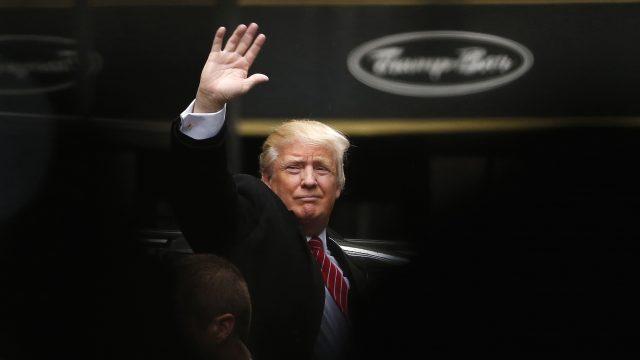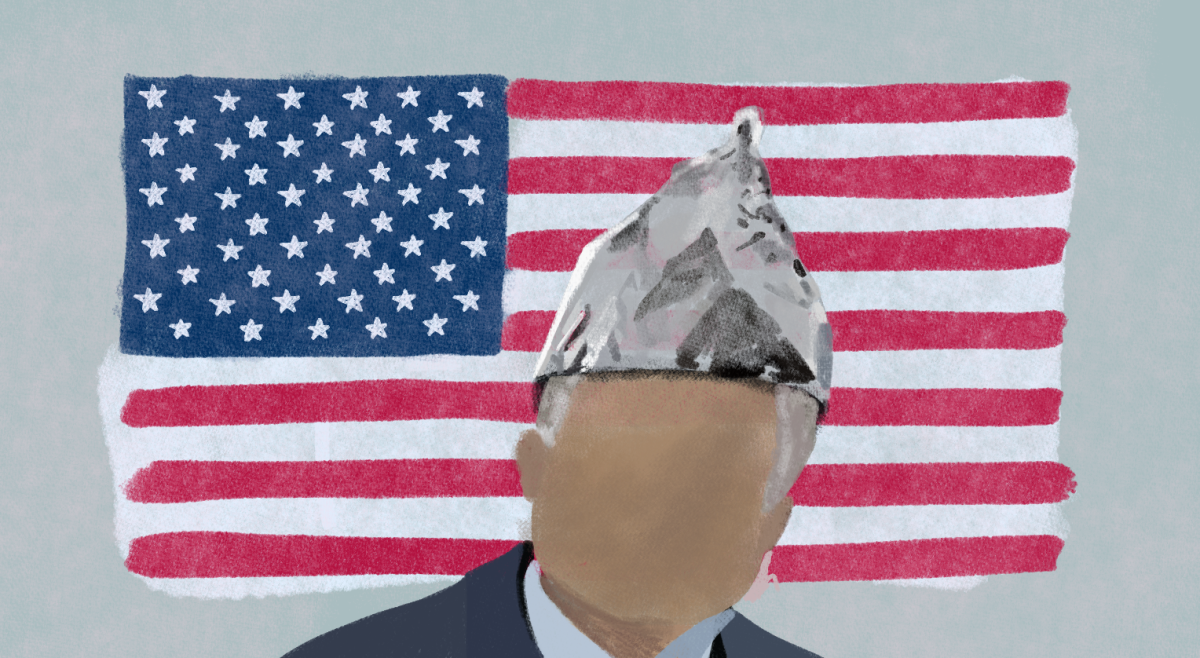One of Donald Trump’s most forceful campaign tropes goes something like this: “We’re getting killed by China. We’re getting killed by Mexico.” Over and over, Trump proclaims that America is in its death throes, and that our economic adversaries are the perpetrators. His insistence on viewing the world through this prism of a zero-sum trade war has led him to make some dizzying claims, not least that “the concept of global warming was created by and for the Chinese in order to make U.S. manufacturing non-competitive.”
Despite such comical claims, I sometimes find myself drawn to Trump when I hear him speak about trade and his apparent concern for the American worker. I often wonder if I might be too indoctrinated with the neoliberal globalist orthodoxy to recognize free trade’s disastrous consequences for American workers.
But I also know that the maddening complexity of the international financial system compounds the difficulty of verifying claims about trade, which makes it fertile ground for demagogues to build support through apocalyptic and specious rhetoric.
Unfortunately, that seems to be exactly what Trump’s doing with trade. Let’s look at his plan.
Trump plans to instruct U.S. trade representatives to bring cases against China. That’s a good idea. We already do it all the time. The Obama administration has levied numerous complaints against China for unfair trade practices, many of which have been adjudicated in our favor.
Trump’s plan includes a proposal to appoint “tough and smart trade negotiators to fight on behalf of American workers.” This is typical Trump, posturing as if just his sheer force of will and mere presence will make our trade partners cower.
Then there’s Trump’s vilification of China for its currency manipulation, which is at least partially justifiable. But his hyperbole is not nearly commensurate with the present gravity of the problem. China has historically kept its exchange rate artificially low to make its exports cheaper and its imports more expensive. But over the past several years, the Yuan has strengthened against the dollar. Evidence suggests that the People’s Bank of China is actually propping it up.
There are good reasons, though, to be wary of Trump’s substantive trade policies, especially his penchant for punitive taxes and tariffs. If we were to place tariffs on goods from China and Mexico—he’s suggested as high as 45 percent—they could then do the same, spawning a cycle of trade retaliations that would wreak havoc on American companies and consumers. All Americans would end up paying a great deal more for their basic goods and services. New tariffs would devastate American firms that do business in the offending countries. Here’s just one reason why: 55 cents of every dollar spent on Chinese imports goes to U.S. firms that make inputs for those products, as does 40 cents of every dollar spent on Mexican imports. Punitive tariffs and taxes would be harmful to American companies, American workers, and American consumers.
Nor can the greatest imperative for free trade be forgotten. After World War II, trade negotiations played a central role in ensuring that such a large-scale atrocity would never occur again. The historical bend toward greater economic interdependence has ushered in a new era of increased peace and stability. Isolationism breeds fear, contempt, and suspicion.
After surveying Trump’s trade plan, it is clear that his policies are either redundant, hollow, or downright dangerous.
Notwithstanding the inanity of his trade rhetoric, Trump’s fixation on the issue has had the important byproduct of illuminating the troubles experienced by those who have lost their jobs to the inexorable march of economic change. We have not done nearly enough to support them through trade adjustment policies, wage subsidies, and training programs.
But Trump’s promises of renewal through tough trade policies are empty. America will never again be the manufacturing force it once was for the simple reason that technological advances, mostly in automation, have exponentially increased efficiency, meaning far fewer workers are needed to produce the same amount of goods. Manufacturing is undergoing the same process that agriculture did before it. What we need is a plan to keep America at the forefront of economic change, not the rear.
Trump’s rhetoric on trade must then be seen for what it is—a pernicious, though superficially attractive, attempt to garner support through sophistry and deceit.
Featured Image by Julio Cortez / AP Photo













